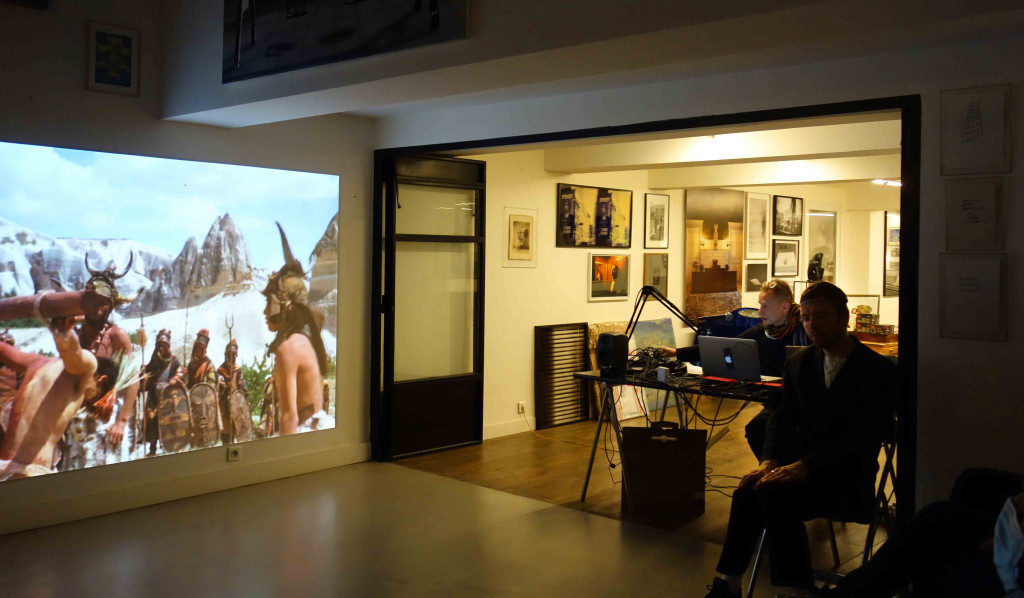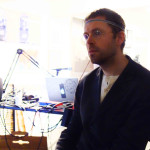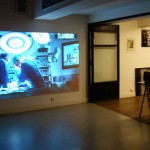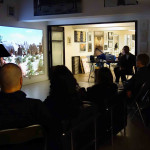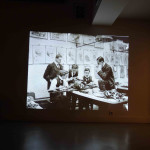Chatenet, Paris 27/11/2021
The performance constitutes a journey backwards in Time. The artist and audience together travel back through the human history of surgery. This allows them to dwell on questions about health, life and death and how western conceptions about the difference between subjects and objects influence our understanding of the world. The artist makes music and projects images. Both reflect on the relationship between subjects and objects through the history of surgery.
In making the music Huttner is assisted by his colleague Joakim Forsgren. The artist measures Forsgren’s brain activity using EEG which is sent to a computer where it influences the sounds that are produced. There is also a surgical object, a scalpel, that is connected to a similar EEG devise and that influences the sounds generated on a second computer.
The sounds are produced by a musical trio: two subjects and one object.
Some of the projected images are modern, but mostly they are historical testimonies related to how surgery has developed over time. Huttner has animated these and it often gives them a slightly comical effect, in spite of the fact that what the images depict is often cruel and gut wrenching. The images have been chosen because they depict situations where the distinction between subject and object distinction becomes hard to make. This happens because humans, or parts of their bodies, are treated in such a (respectless?) way that they simply have been lowered to the state of object.
The performance ends with a clip from Pier Paolo Pasolini’s “Medea” from 1969.

